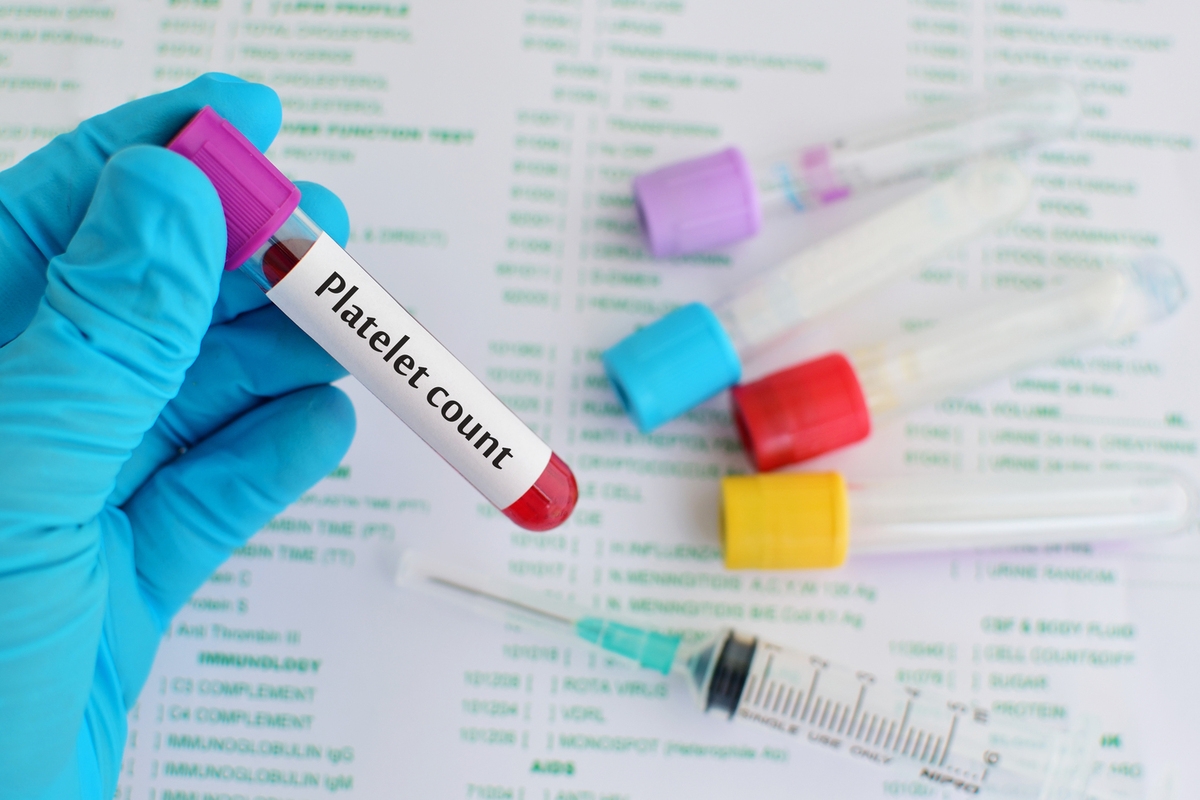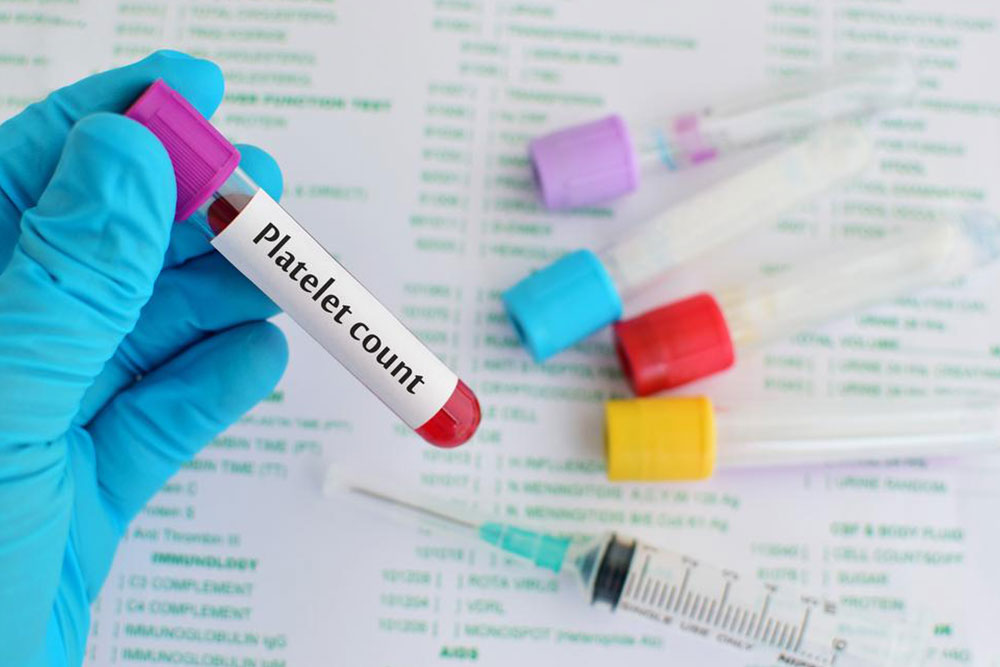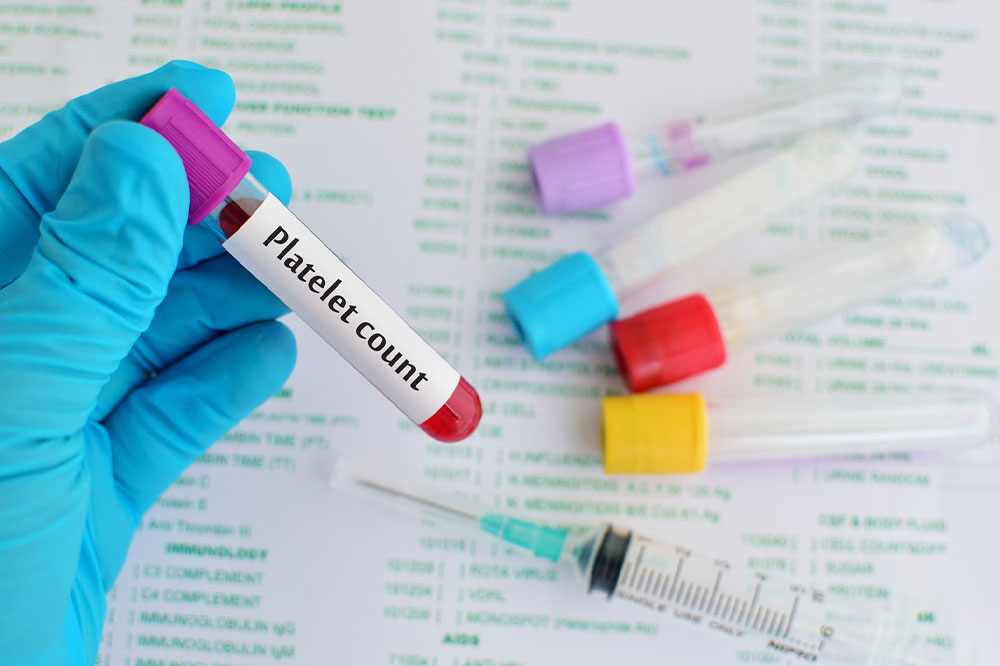Strategies for Managing Low Platelet Counts and Thrombocytopenia
This article provides comprehensive strategies for managing low platelet counts and thrombocytopenia, highlighting causes, symptoms, diagnostic methods, treatment options, and lifestyle tips. Emphasizing early intervention and tailored care, it helps patients understand how to effectively address this condition and prevent complications through medical and lifestyle measures.

Approaches to Handling Thrombocytopenia and Reduced Platelet Levels
Thrombocytopenia, characterized by a decreased number of platelets in the blood, can lead to easy bruising, bleeding, and other health issues. Causes include infections, medical conditions, medications, or genetic factors. Proper management involves identifying the cause, monitoring symptoms, and applying treatments to restore platelet counts and prevent complications.
Understanding the Causes
To effectively treat thrombocytopenia, recognizing its main causes is essential, which include:
Problems stem from decreased production, increased destruction, or sequestration of platelets:
1. Decreased Production: Conditions like leukemia, bone marrow suppression, viral infections, environmental toxins, and inherited syndromes such as Wiskott-Aldrich syndrome impair platelet creation.
2. Increased Breakdown: Autoimmune diseases like immune thrombocytopenia (ITP), infections, certain medications, and emergencies such as DIC and HUS cause rapid platelet destruction.
3. Sequestration: Conditions like enlarged spleen trap platelets, reducing their presence in circulating blood.
Identifying Symptoms
Indicators of low platelet count include:
Unexplained bruises or purple spots (purpura)
Extended bleeding from minor cuts
Spontaneous bleeding from nose or gums
Blood in urine or stool
Heavy menstrual bleeding
Petechiae (small red or purple skin dots)
Diagnostic Methods
Diagnosis may involve:
Complete Blood Count (CBC) to measure platelet levels
Blood smear analysis under a microscope
Bone marrow testing if needed
Additional tests like liver function, autoimmune screens, or infection detection, depending on suspected causes
Management and Treatment Options
Approaches include addressing the root cause, easing symptoms, and preventing bleeding:
1. Adjusting Medications: Stopping or changing drugs causing low platelets under medical guidance.
2. Treating Underlying Conditions: Managing infections, autoimmune diseases, or marrow disorders to improve platelet production.
3. Stimulant Drugs: Medications that boost platelet production, especially in severe cases.
4. Immunosuppressants: Steroids and similar drugs can reduce immune attacks on platelets in conditions like ITP.
5. Platelet Transfusions: For severe deficiency or active bleeding, transfusions can quickly elevate platelet counts.
6. Surgical Options: Removing an enlarged spleen (splenectomy) might be necessary if sequestration is significant.
Home Remedies and Lifestyle Tips
Supporting treatment with lifestyle changes includes:
1. Balanced Diet: Foods rich in folate, B-12, vitamin C, and iron can support blood health.
2. Avoid Toxins: Minimize exposure to harmful chemicals and heavy metals to protect platelets.
3. Moderate Exercise: Engaging in light activity promotes overall health but avoid contact sports.
4. Healthy Habits: Reducing alcohol intake and quitting smoking help maintain platelet levels.
5. Prevent Infections: Good hygiene and vaccinations lower infection risks that may impact blood counts.
When to Seek Medical Attention
If you notice unexplained bruising, bleeding, or other concerning symptoms, consult a healthcare professional promptly. Early diagnosis and treatment are vital to prevent serious complications such as internal bleeding.
In conclusion, managing thrombocytopenia involves accurate diagnosis, targeted medical therapy, and lifestyle adjustments. Working closely with healthcare providers ensures effective control and maintenance of overall health.


